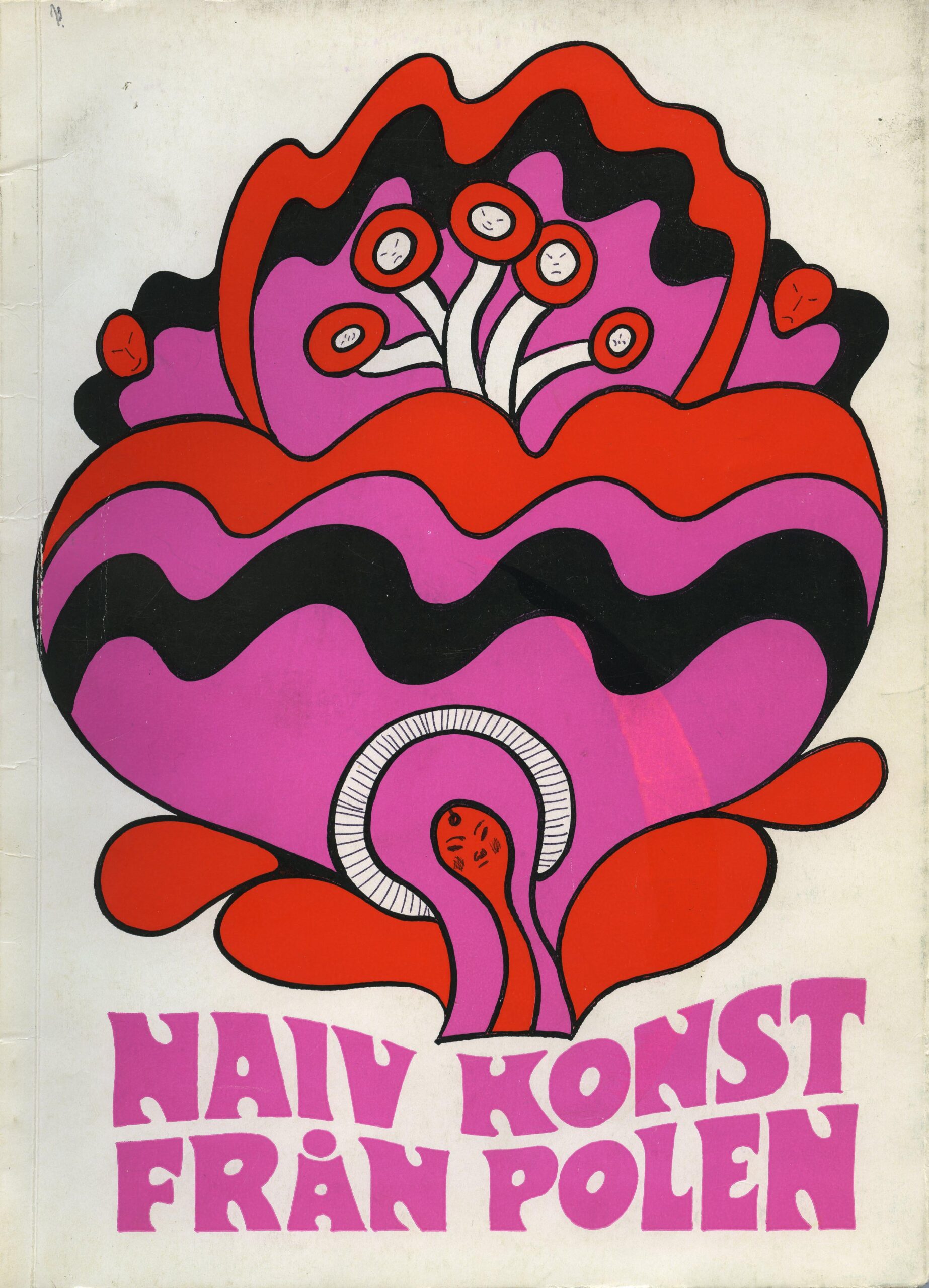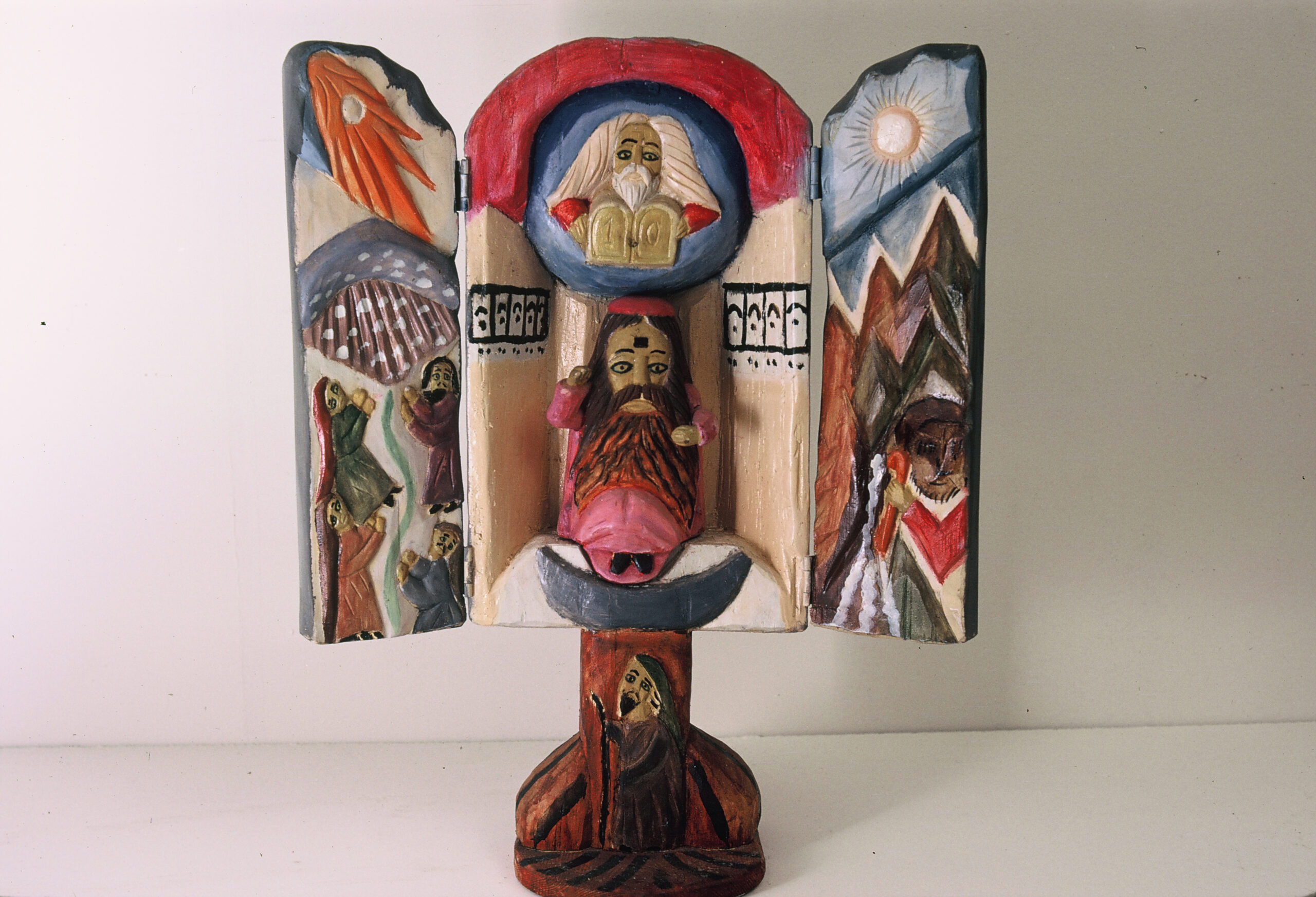
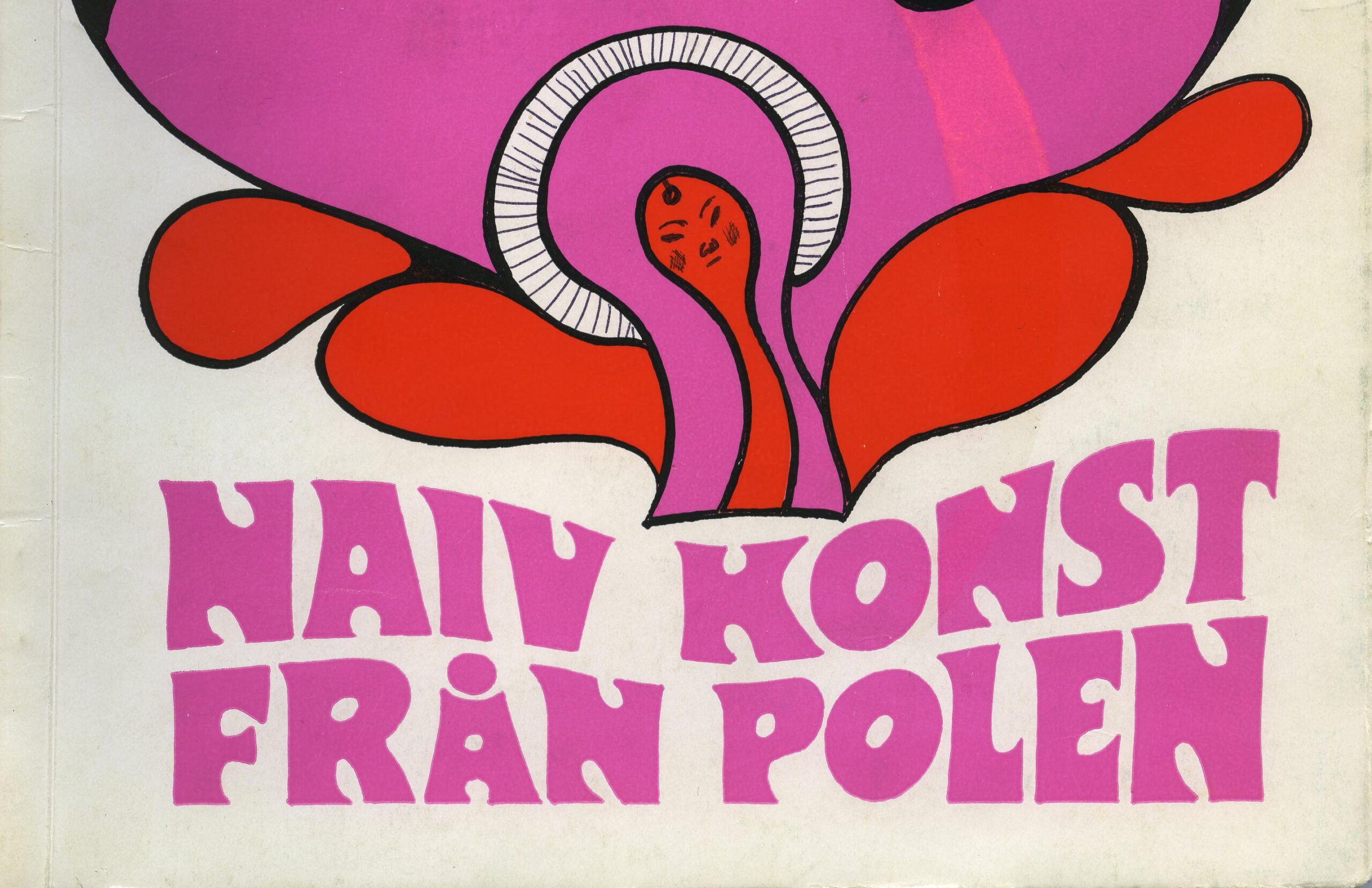

For a long time painting, drawing and sculptures by amateurs have often been overlooked. Their anonymous brotherhood is not limited by geographical latitude, skin color or environment. Previously, however, they were not taken seriously, because in their creation they were considered to deviate too much from the approved conventions of art; they have been unconcerned about otherwise celebrated academicism’s. Only in our days, then thanks to the artistic avant-garde, the old rules have been reconsidered, a climate has been created for interest and even rapture over the spontaneous, naive art.
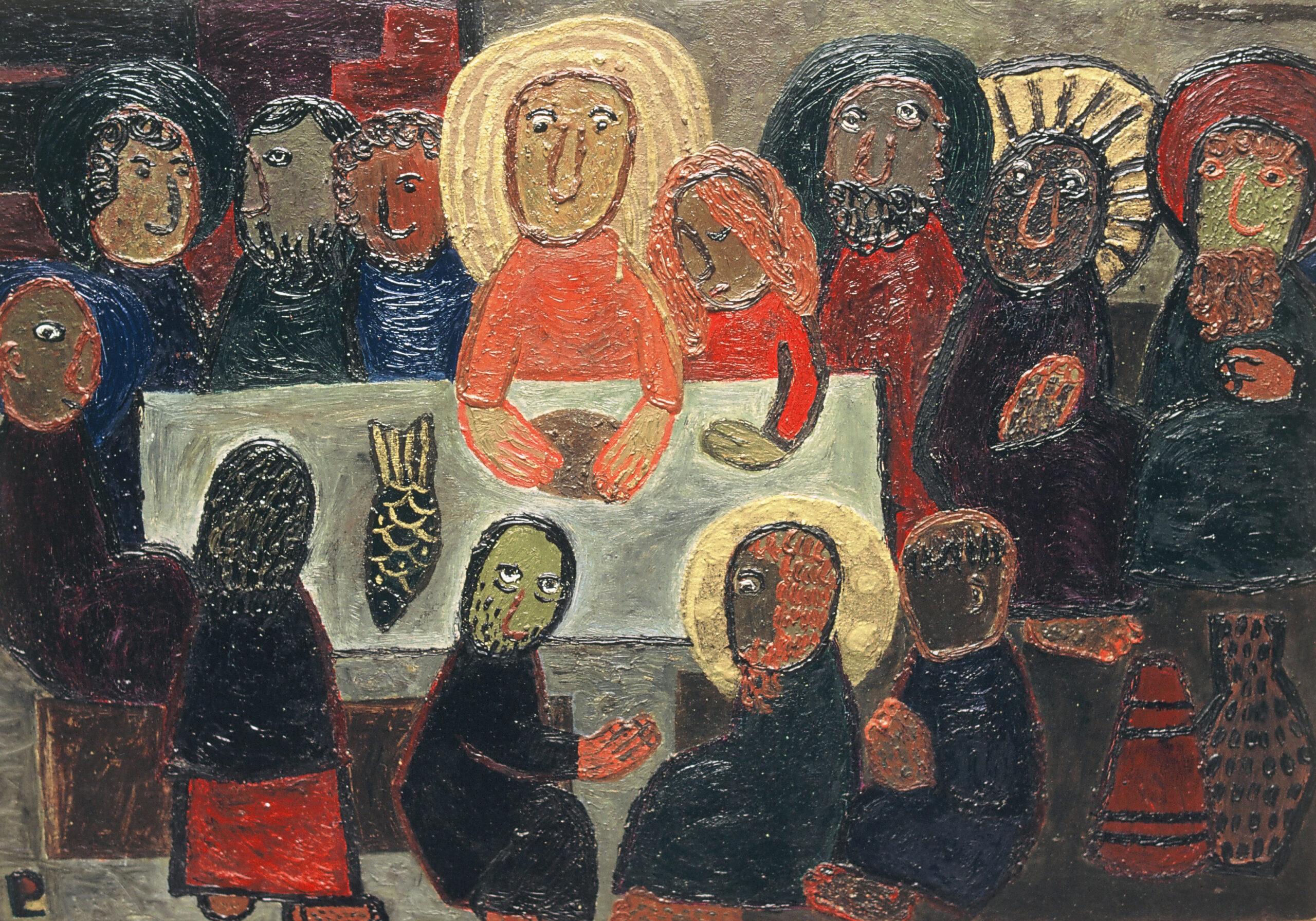
The naive art is different. In an age of artistic search and experimentation, it speaks to us in an open, straightforward and accessible language about man and the world. Apparently, there is within us a need for such contact with the naive and simple poetry, with authentic human experiences. Around the world, we are seeing an increased interest in naive art. The specifically naive characteristic is difficult to define, but it includes the personal perception of the outside world, depicted in an unartistic way. Despite common stylistic features, the naive works of art often differ significantly from each other. For the creators of the naive art, their own works seem far from naive – on the contrary, they consider their works with the utmost seriousness, deeply convinced of the general reality of their imaginations, fantasies, dream images and observations. Asked by a journalist where he gets the ideas for his monumental birds and peculiar forms, one of these folk sculptors replied: “Is there any shortage of birds or animals in the country?” – “But you don’t reproduce their true appearance,” insisted the journalist. “You simply change them.” – “What kind of thing? Am I redoing them? No, my lord, they look just like that!”. Yes, that’s where the problem lies. “They look just like that”. To the “naive”, the world appears exactly as they picture it. The image corresponds to the artist’s conception – a self-perceived, idiosyncratic vision. He often has to pay a high price for this: loneliness, isolation and lack of understanding within his own environment.
The professional artist chooses consciously, takes a position in relation to tradition and further develops or opposes it. The “naive” acts spontaneously, his artistic decisions do not constitute a conscious choice. He creates from inner needs, alongside the art conventions shaped by the environment. He creates like that because he is different from his surroundings. And precisely this “different” we experience as “naivety”. For us, naive is the pure and emotional perception of the world and their attempt to interpret its mechanism. Naive is their direct projection of their own dreams. Naive, almost magical, is their belief that the painted turns into reality. Naive is often also the disproportion between the assigned creation and the means the artist has at his disposal. A characteristic feature of the naïve artists in Poland is their attachment to the traditions of folk art. This applies above all to sculptors such as Skretowicz, Krajewskis, Karulak, Robakowska, Lamecki, Zelek. As in folk art, they care about the sculptural block, about balance and symmetry (a symmetrical consideration of details), the compatibility of the technique with the material, the painting of the wooden figures. Naive is the artist’s conception, his approach and interpretation of historical figures, of ancient and contemporary events. However, the connection with folk art is not only apparent from the still living traditions, but also from a conscious adoption of the principles of folk sculpture (Czajkowski, Wierzchowski, Koacz, Zegado). Many of the naïve artists in Poland create as a result of a nagging inner need (Surowiak), from intrusive memories of difficult personal experiences during the war and occupation (the camp series of Skretowicz). A creation, which fulfills compensatory functions, sometimes a reflection of special mental states, fears (Monsiel). The exhibition also shows images, sprung directly from the imagination. The spatial compositions of Holesz and his visions of the Carbonera, inspired by the deposits of ancient plants or animals found in the mine.
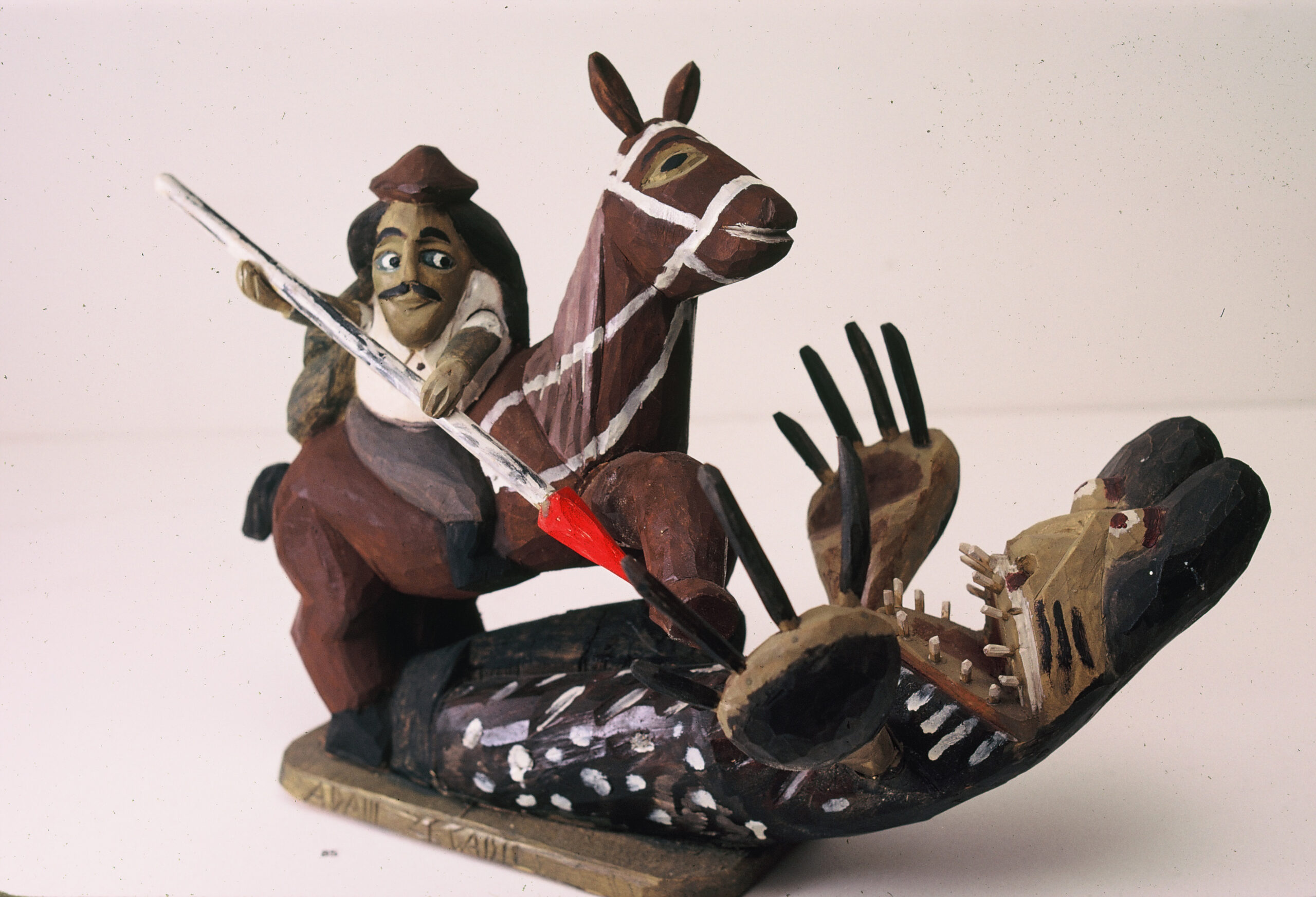
As can be seen from the biographical notices, many of the “naives” began to create at a mature age, the same applies to most amateurs in Poland. Then, when the everyday worries and duties become less, when life threatens with emptiness, when the children have gone out and formed their own families – then art becomes a part of life, often the only meaning of life. One should not set the “naive” art in opposition to the “great”, the professional art. On the contrary. We believe that the naive image has real meaning only when we see it as a complement to modern art, as one of its currents. Clean and beautiful.
– Alexander Jackowski

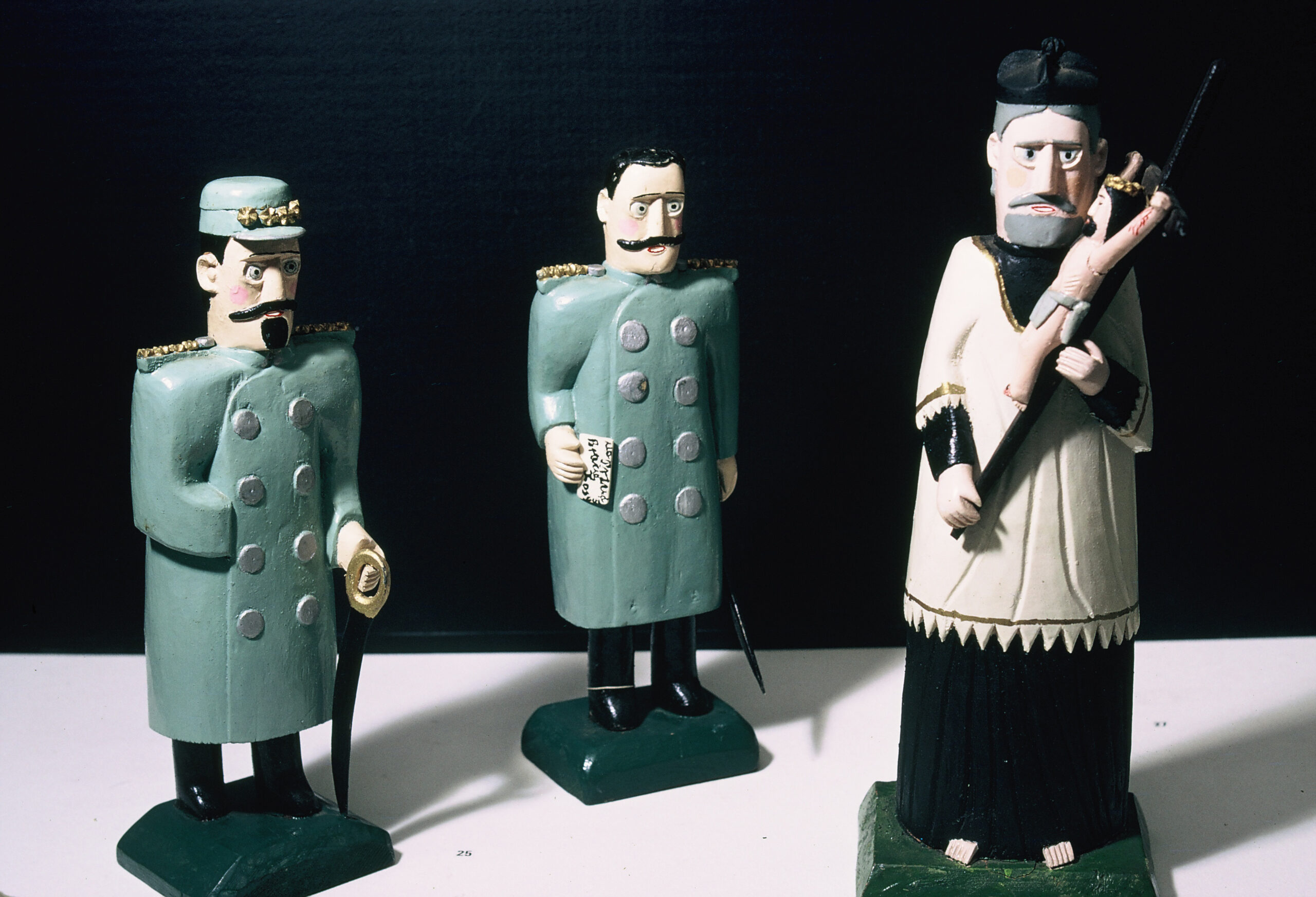
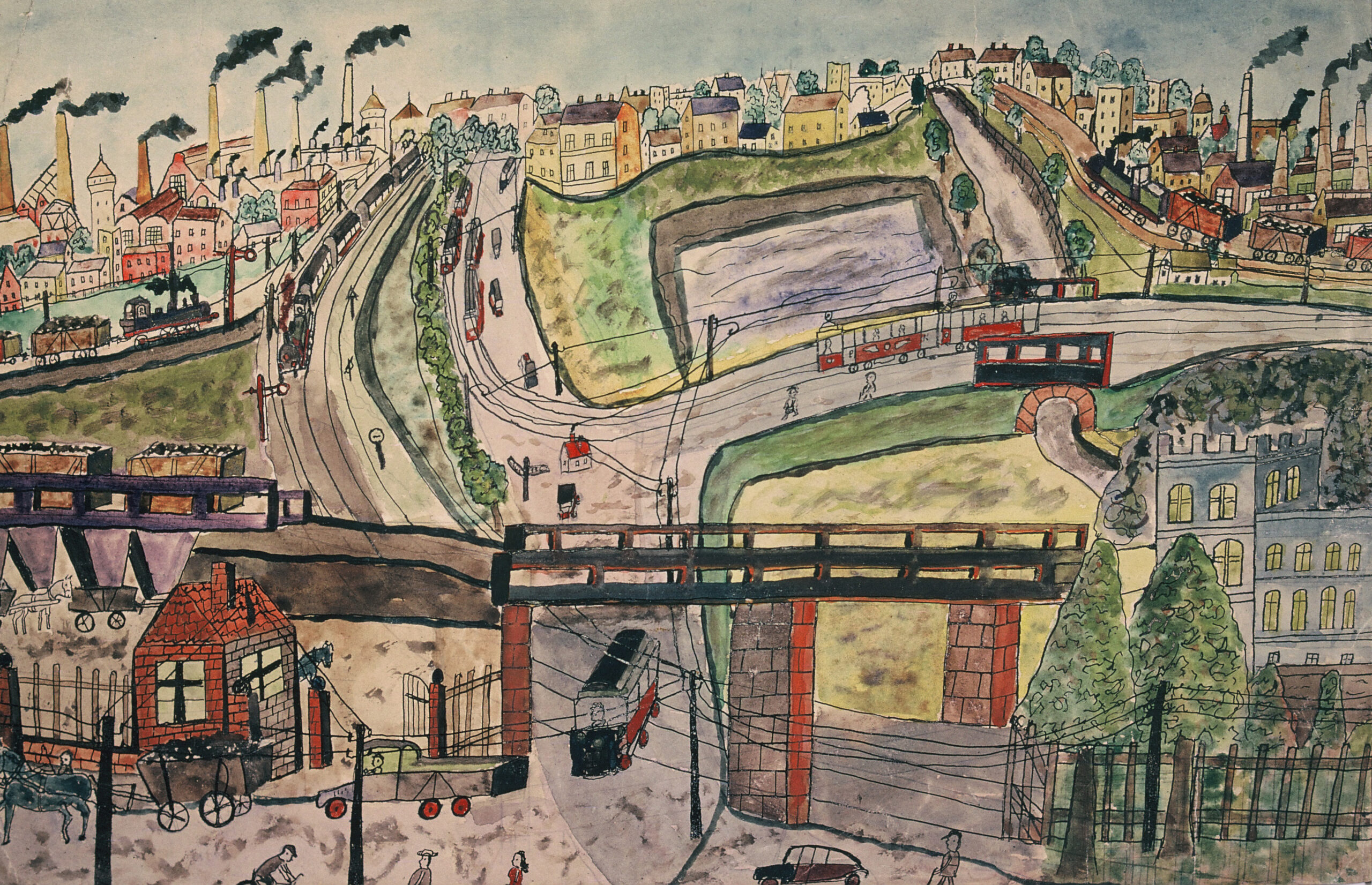
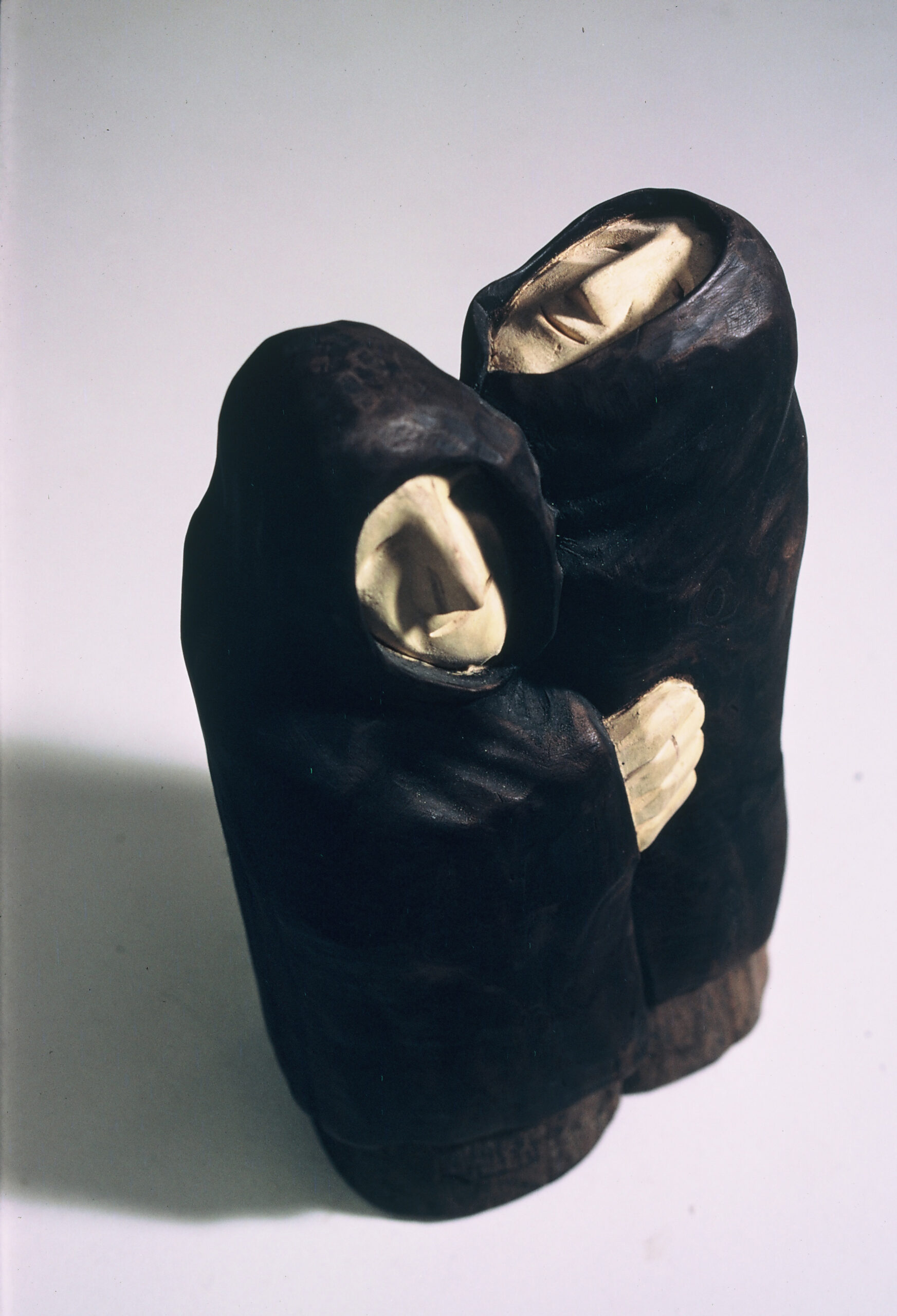
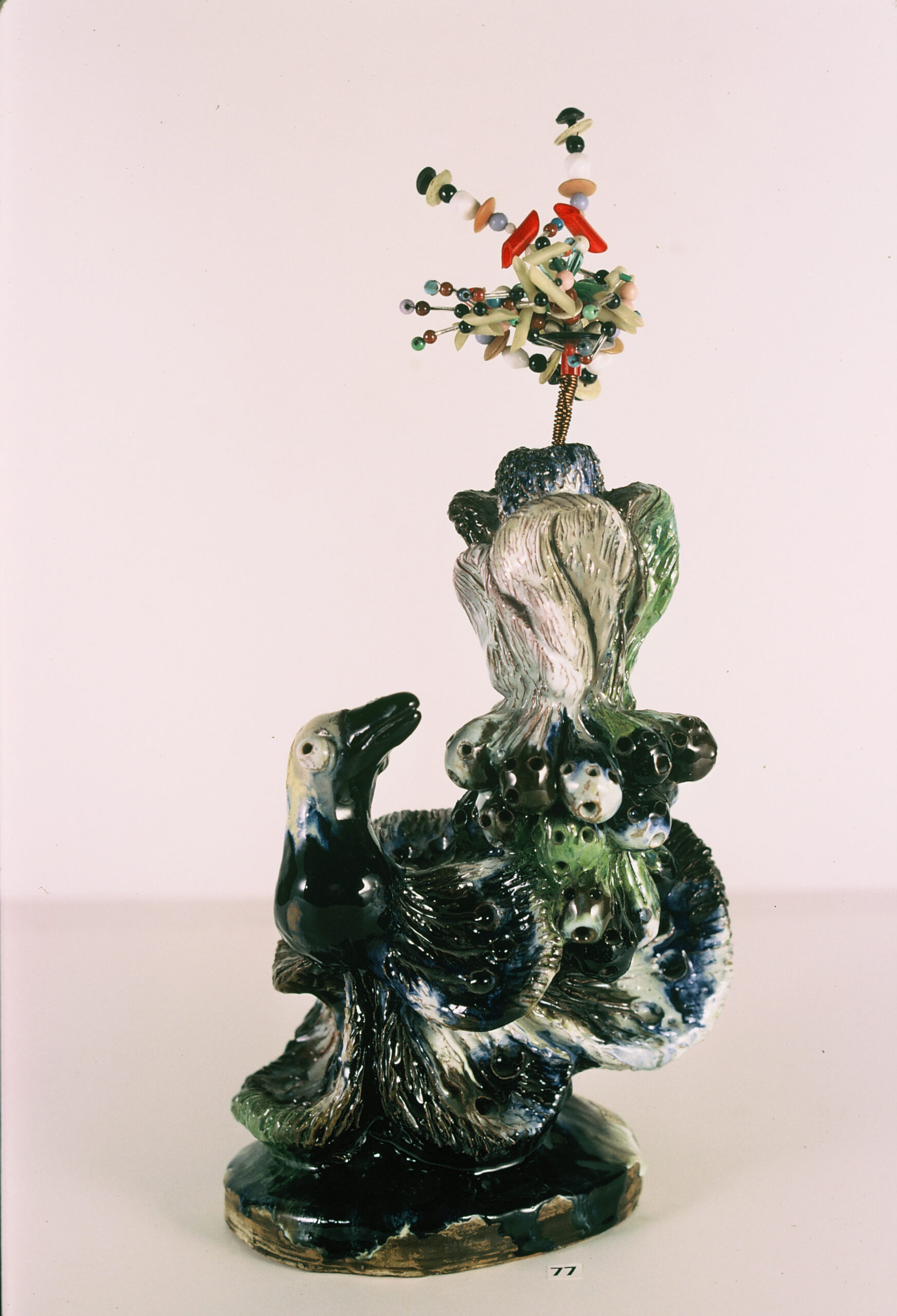
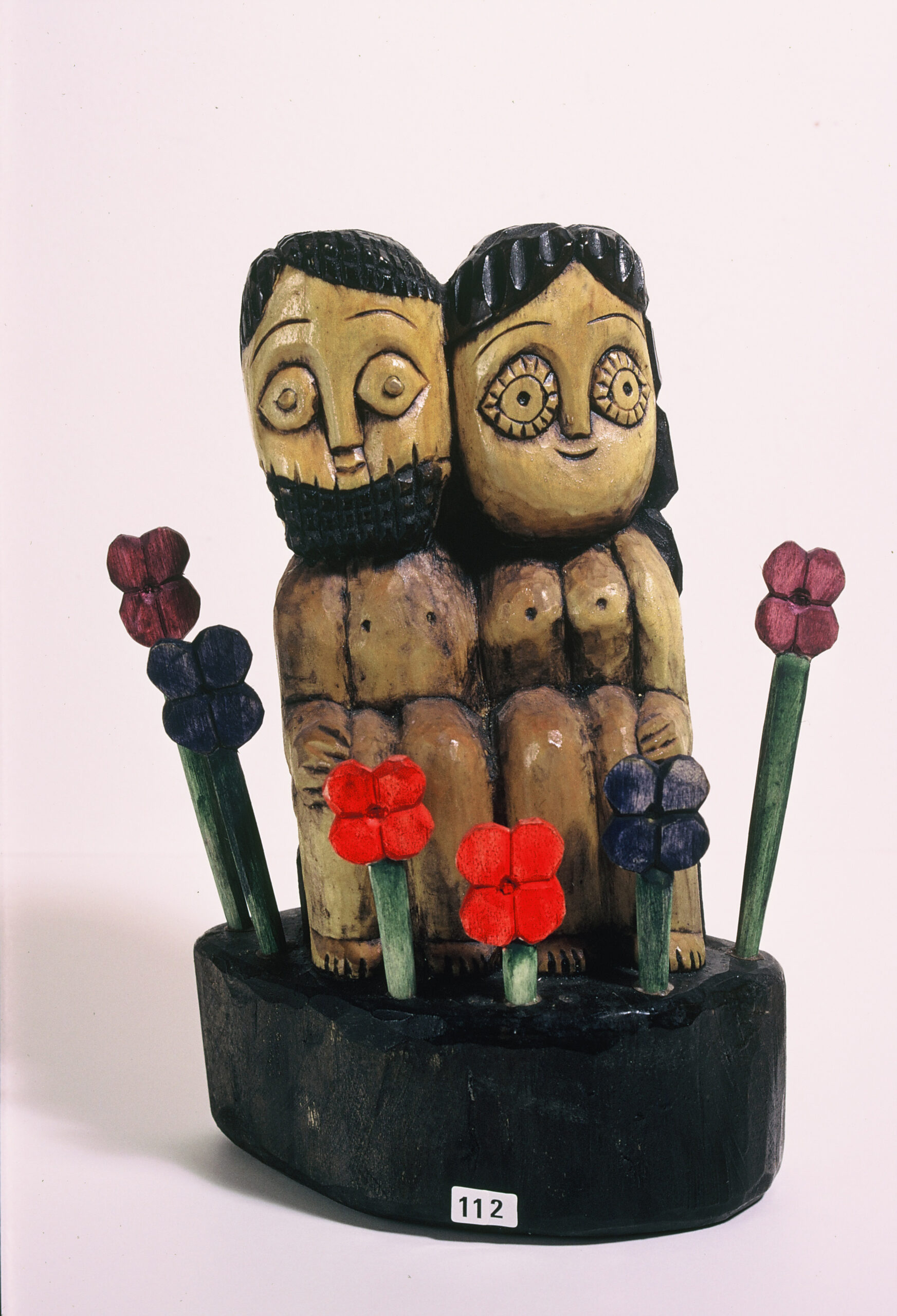
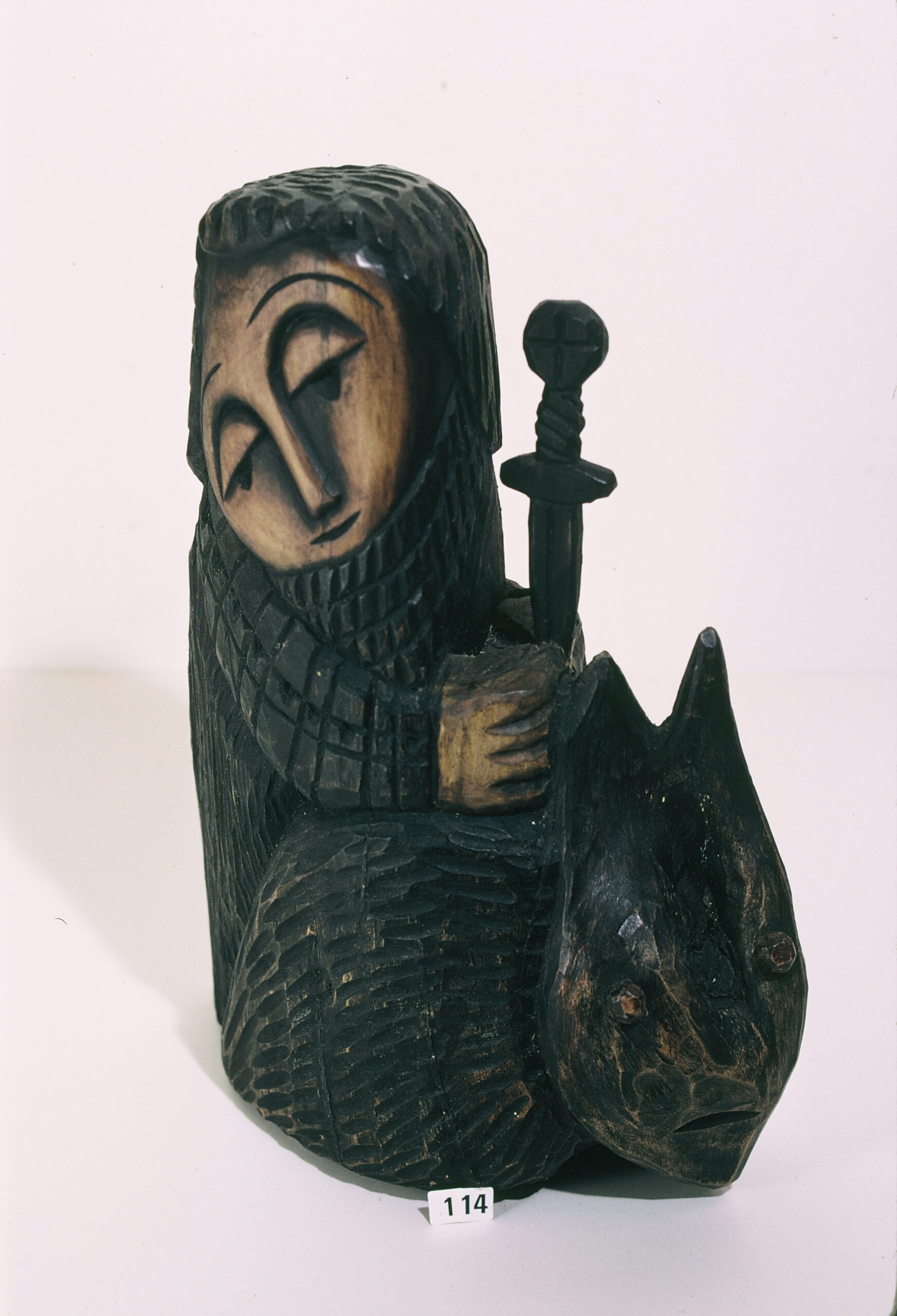
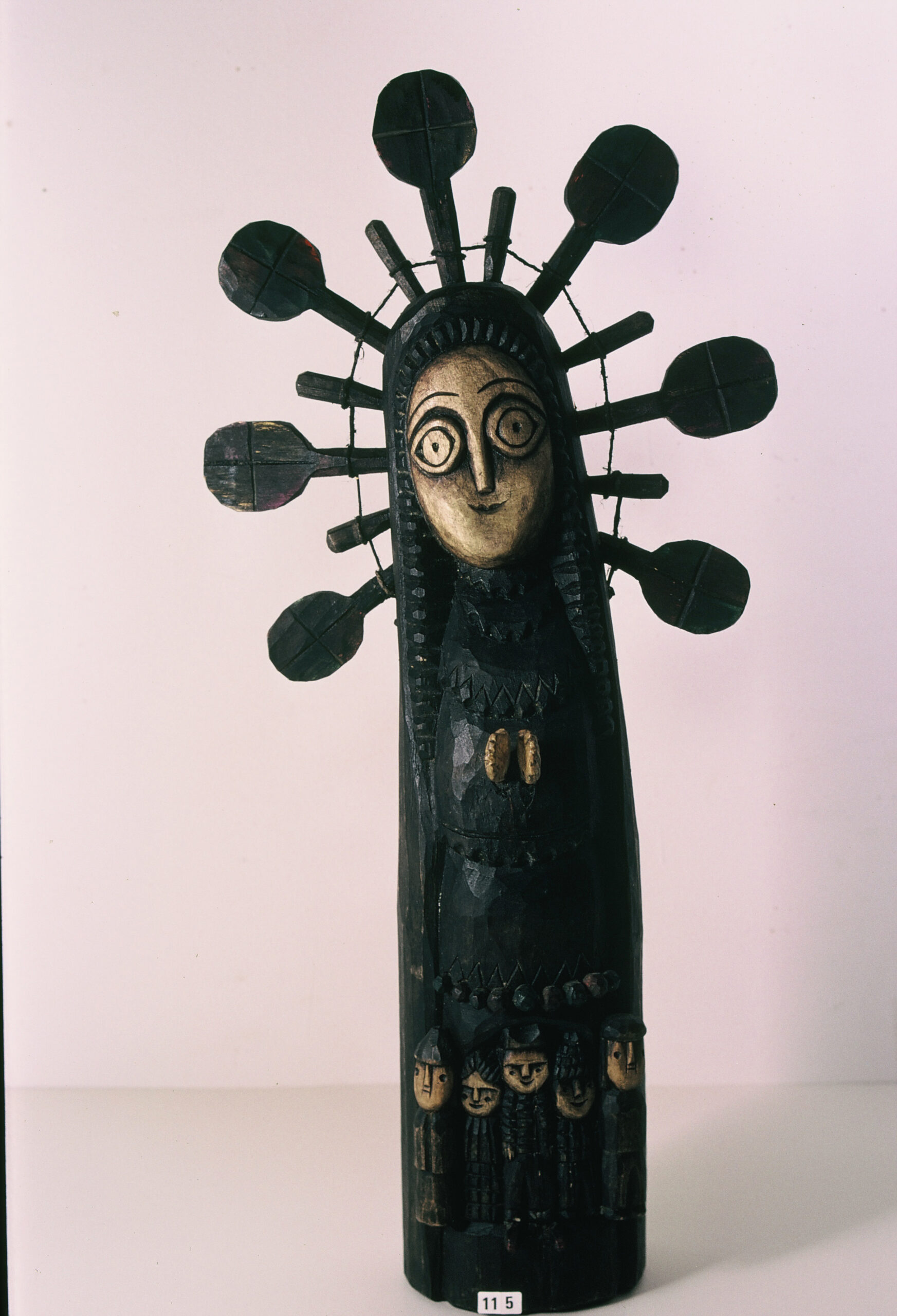
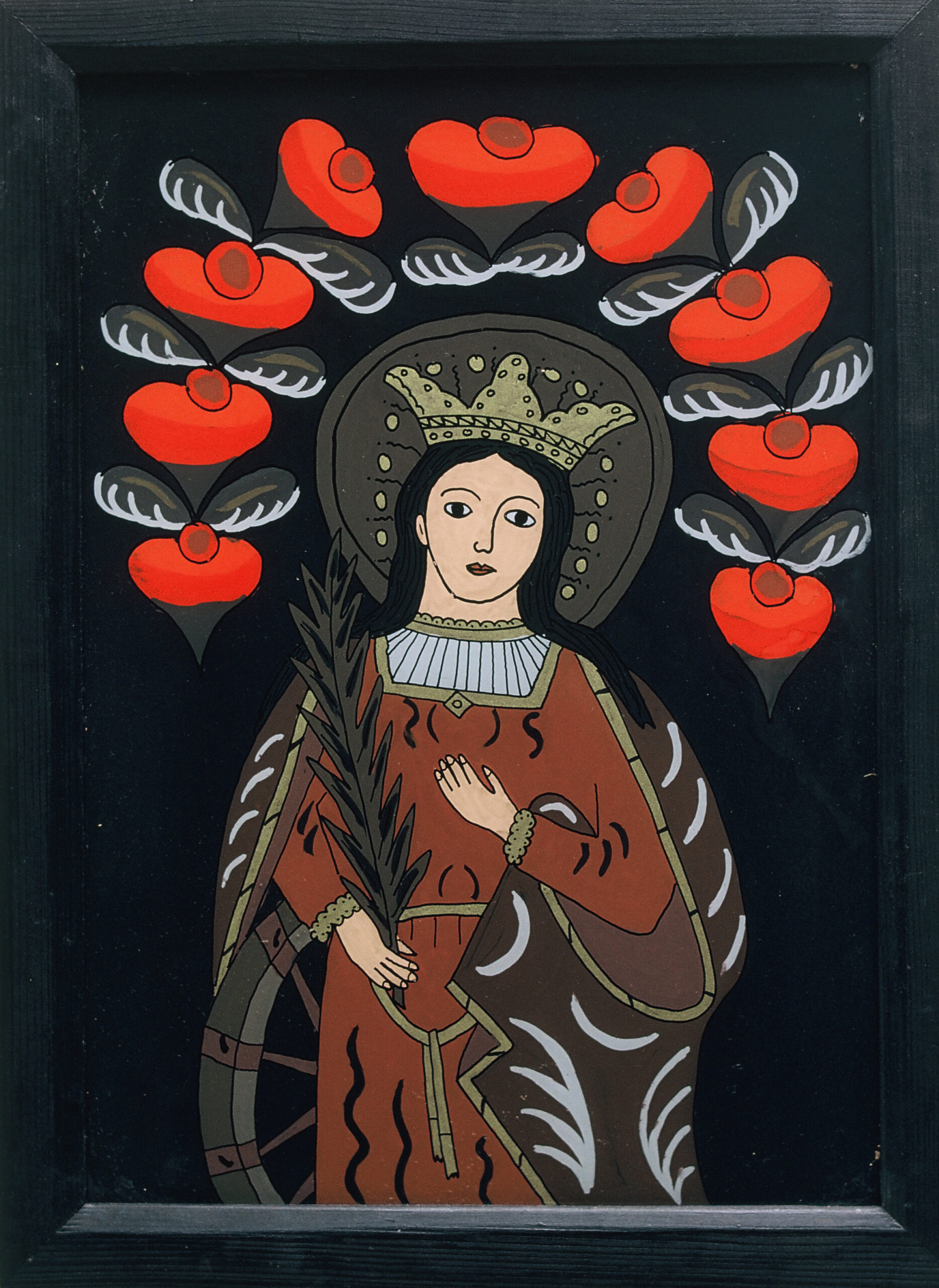
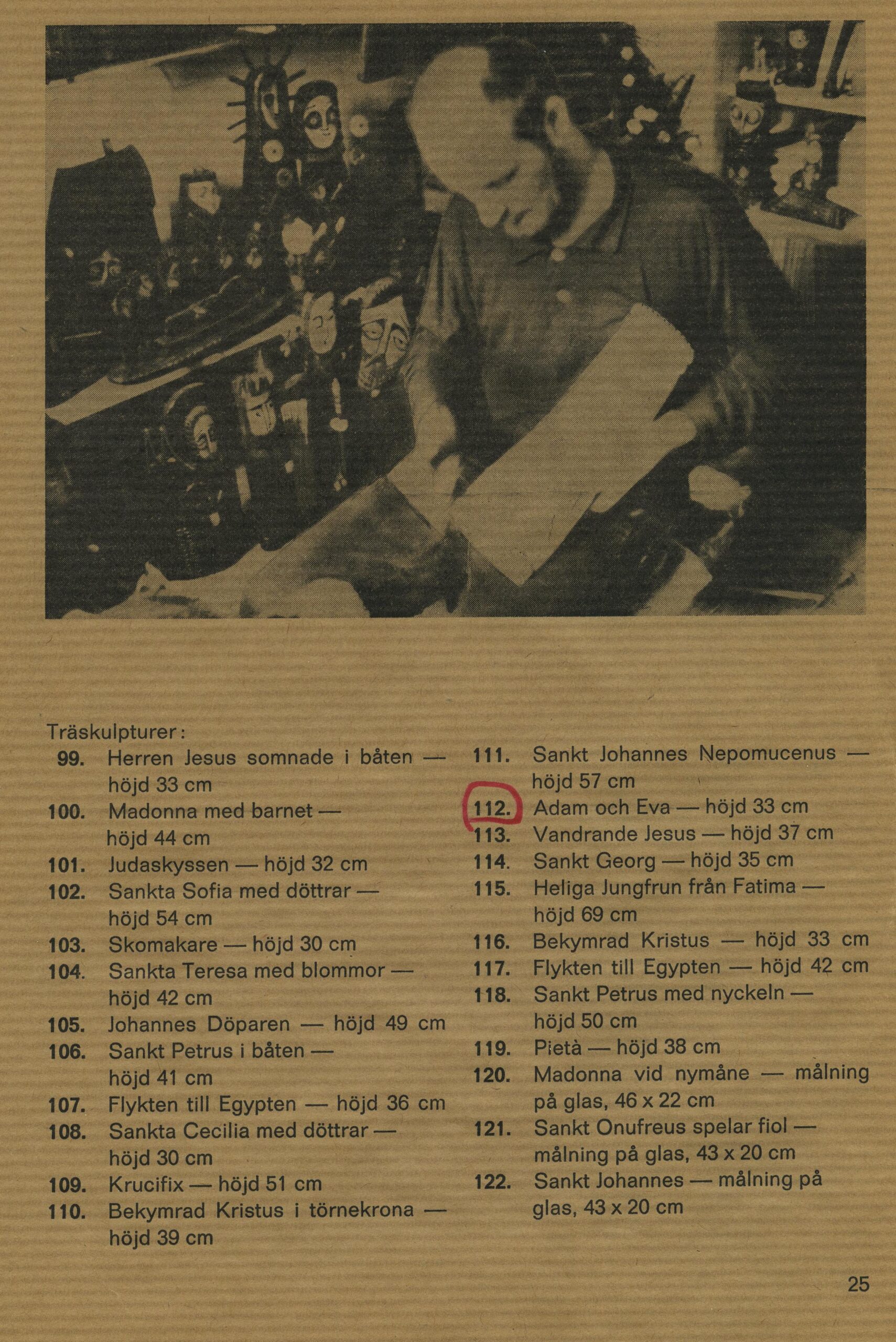
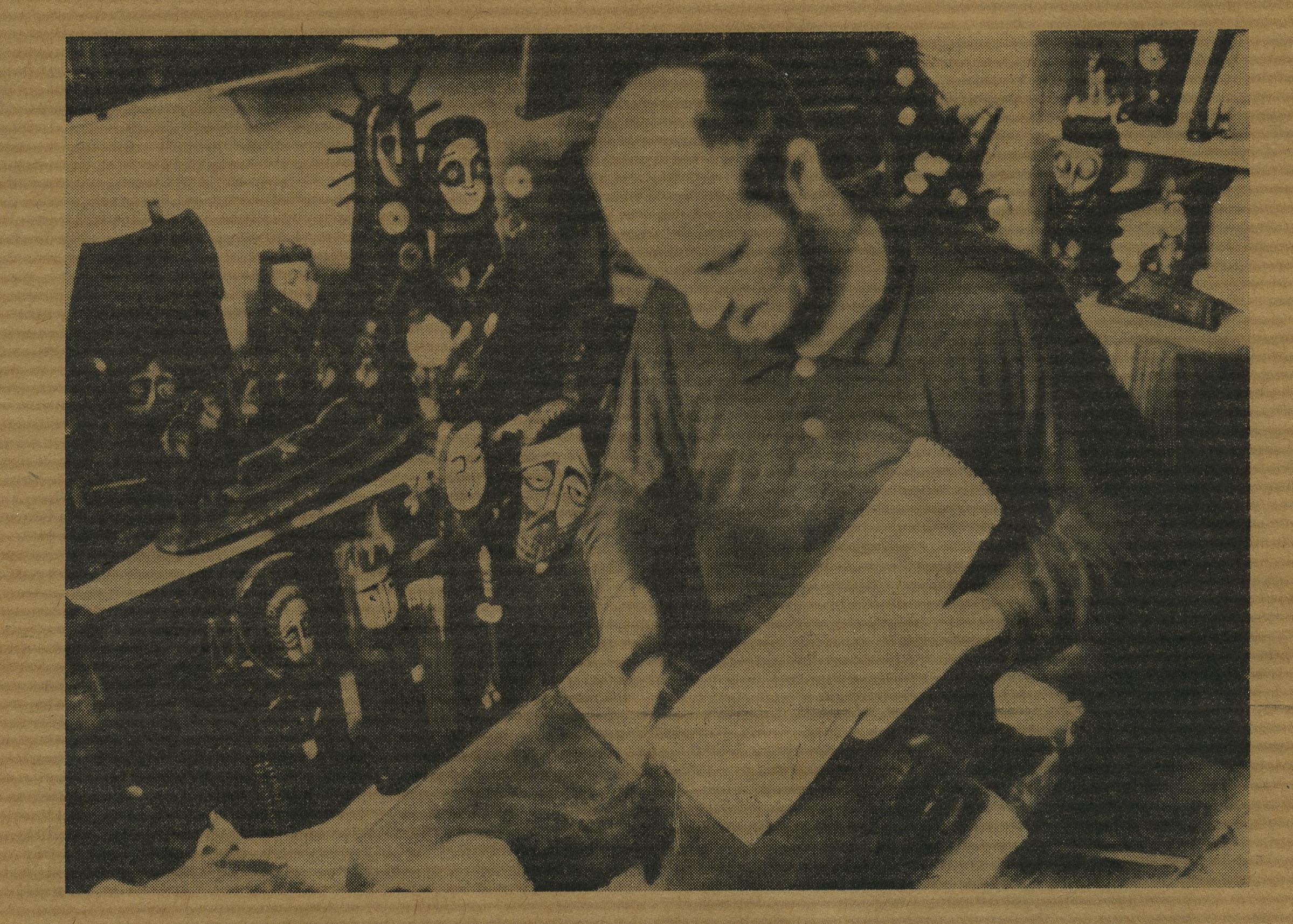
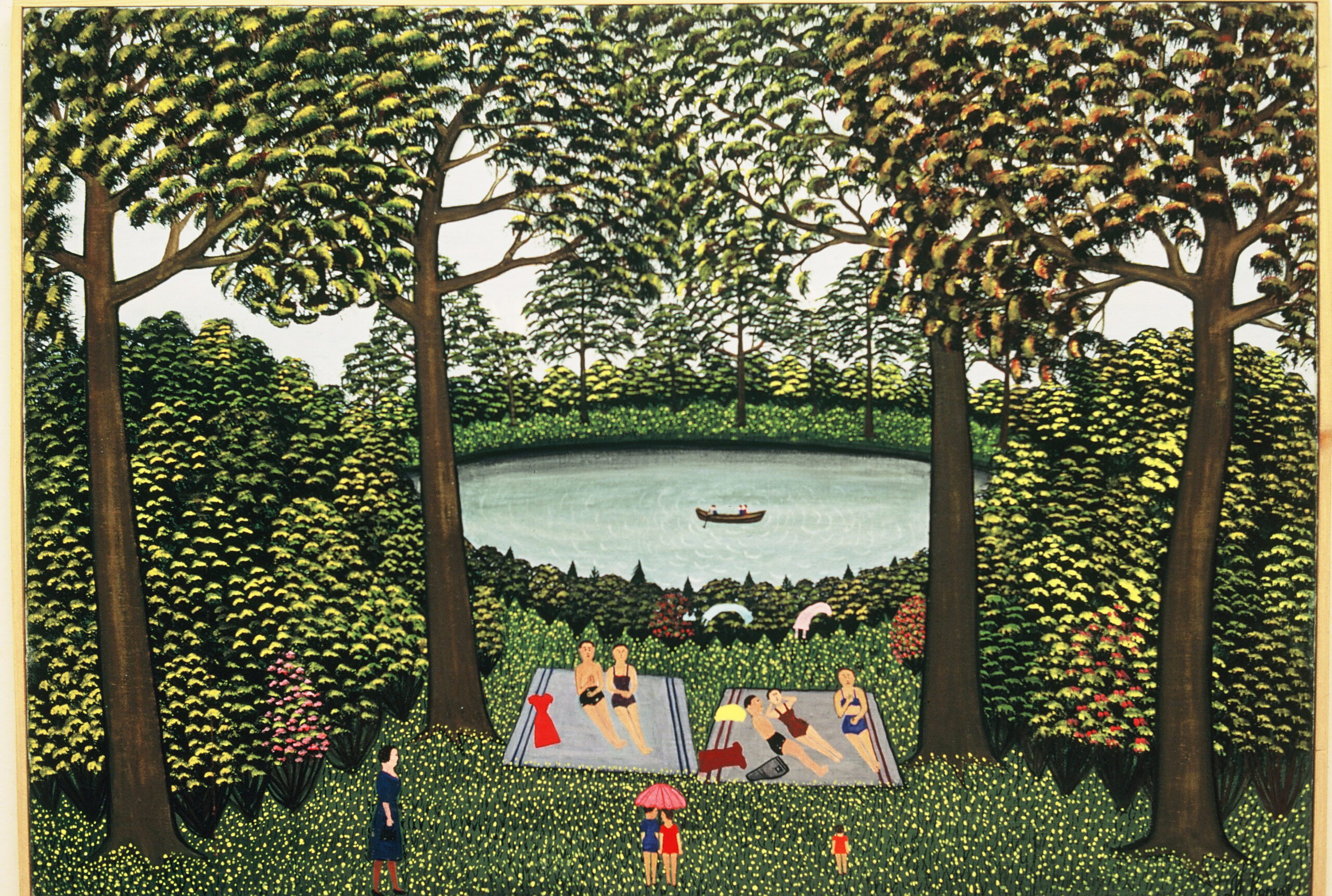

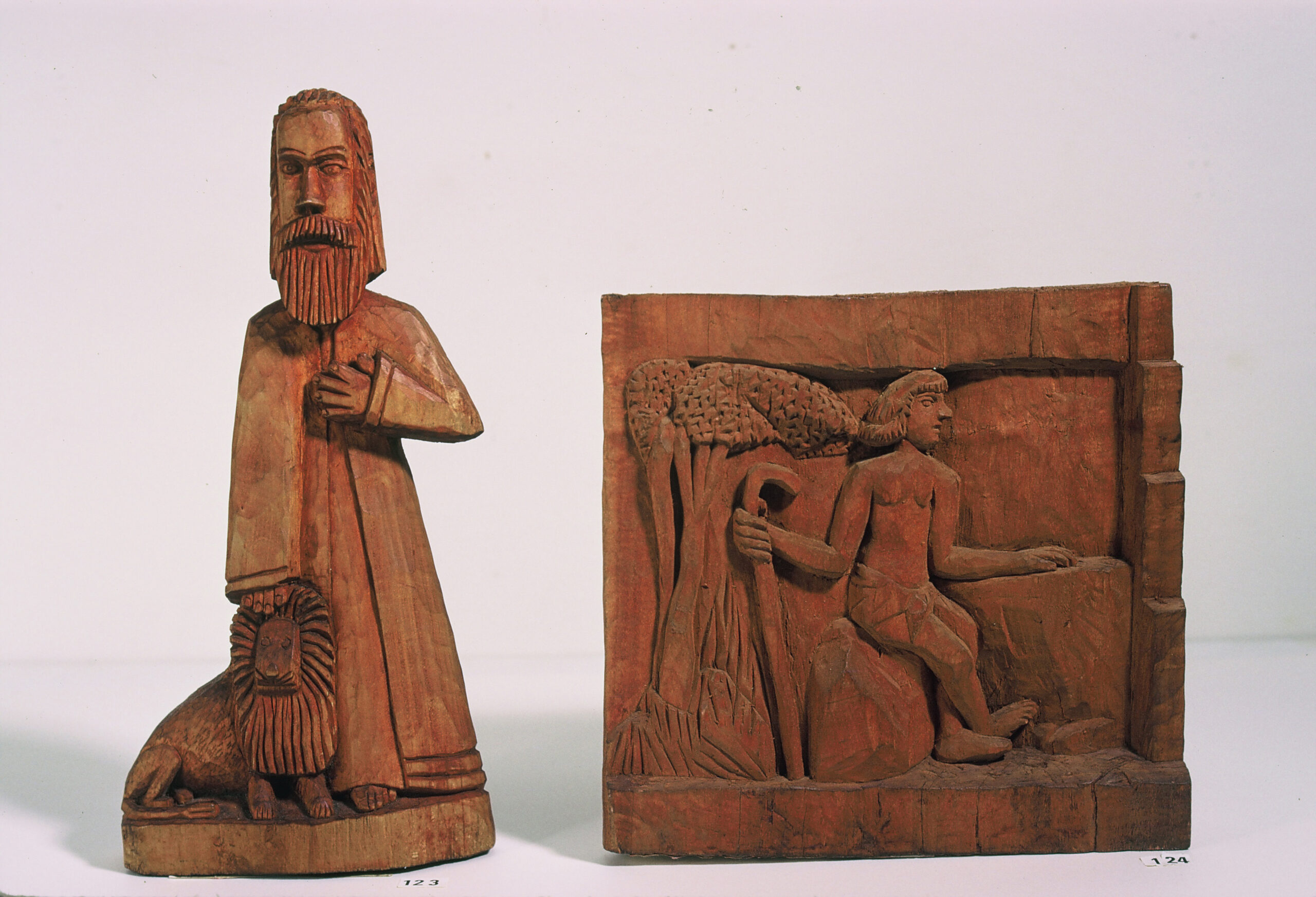

Material från Södertälje konsthalls archive.
